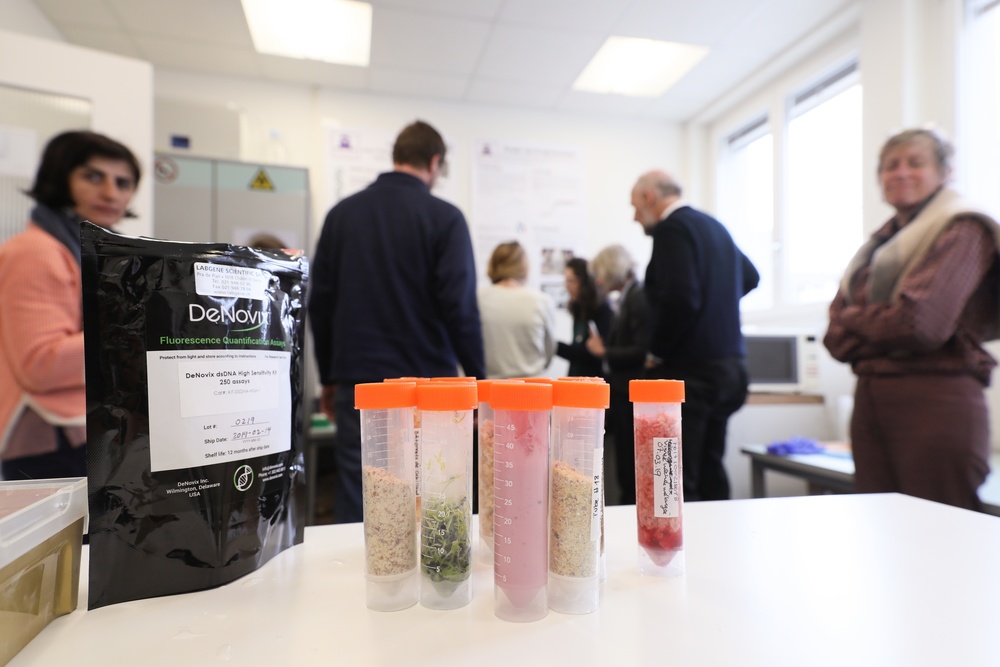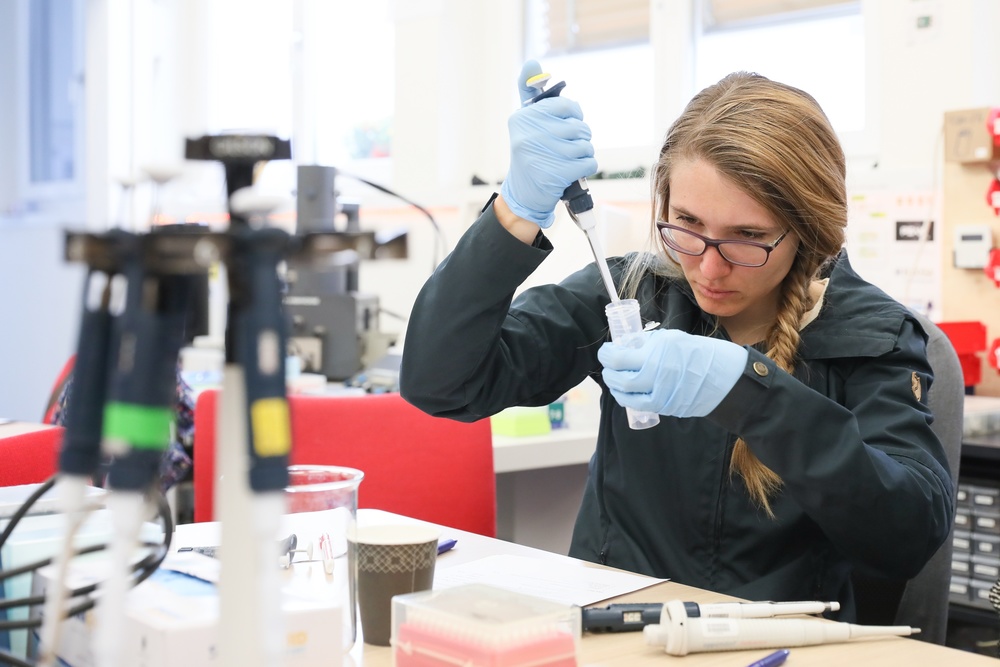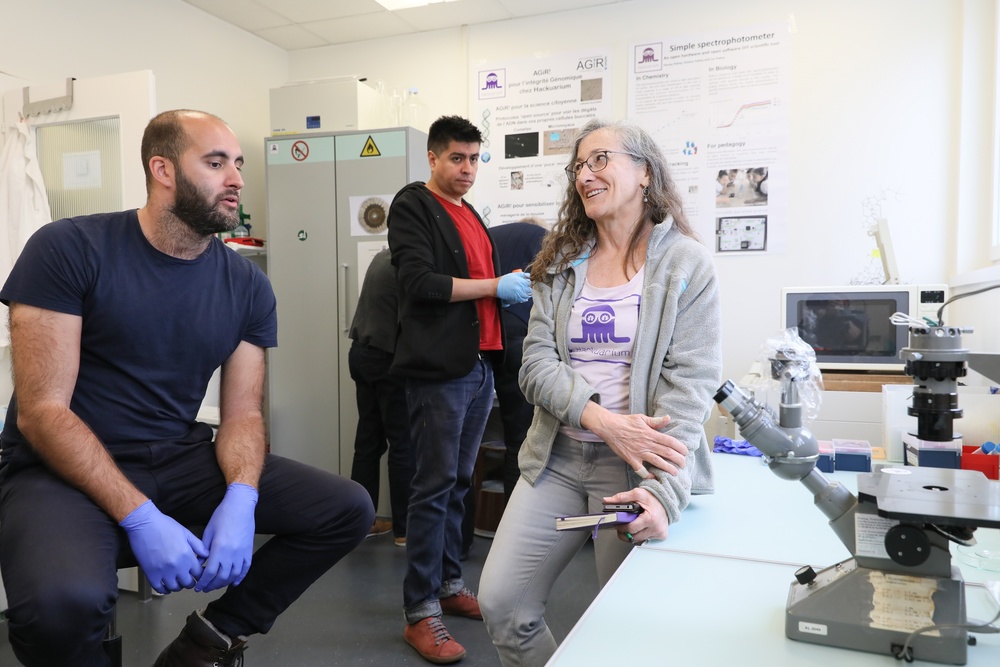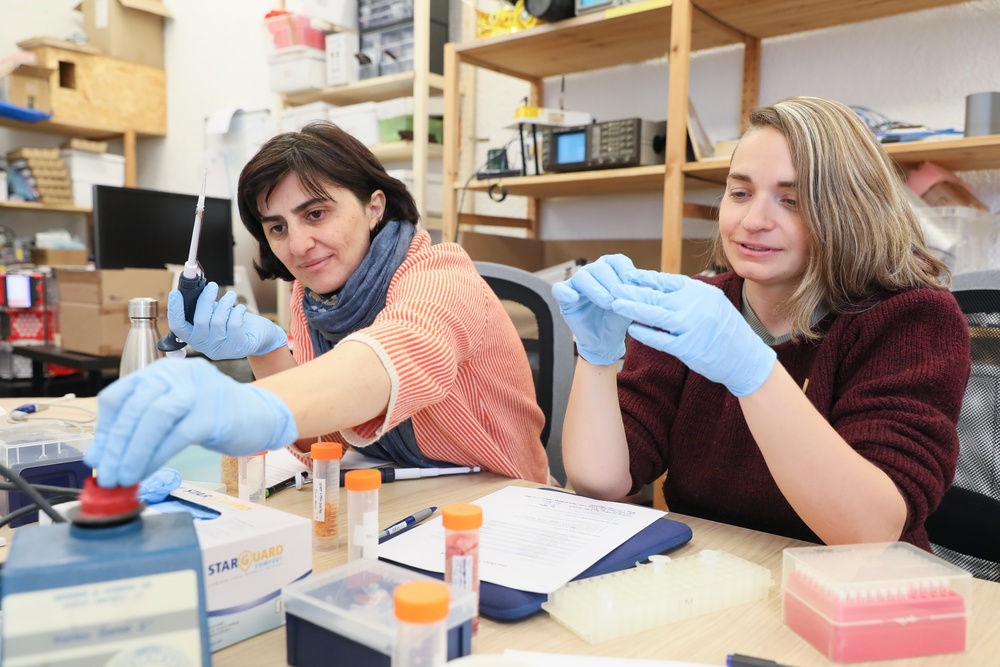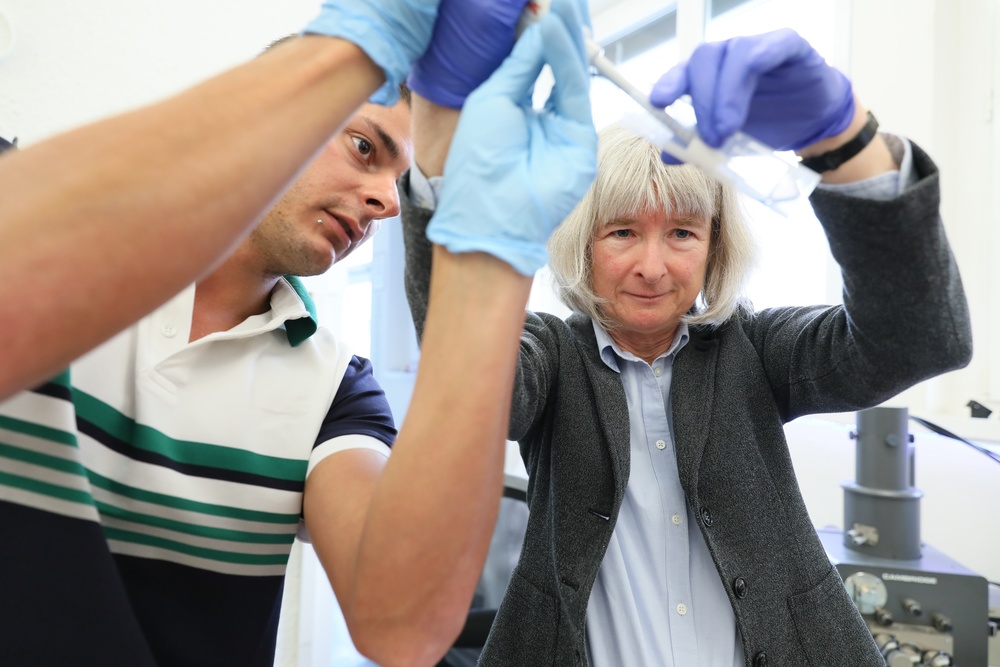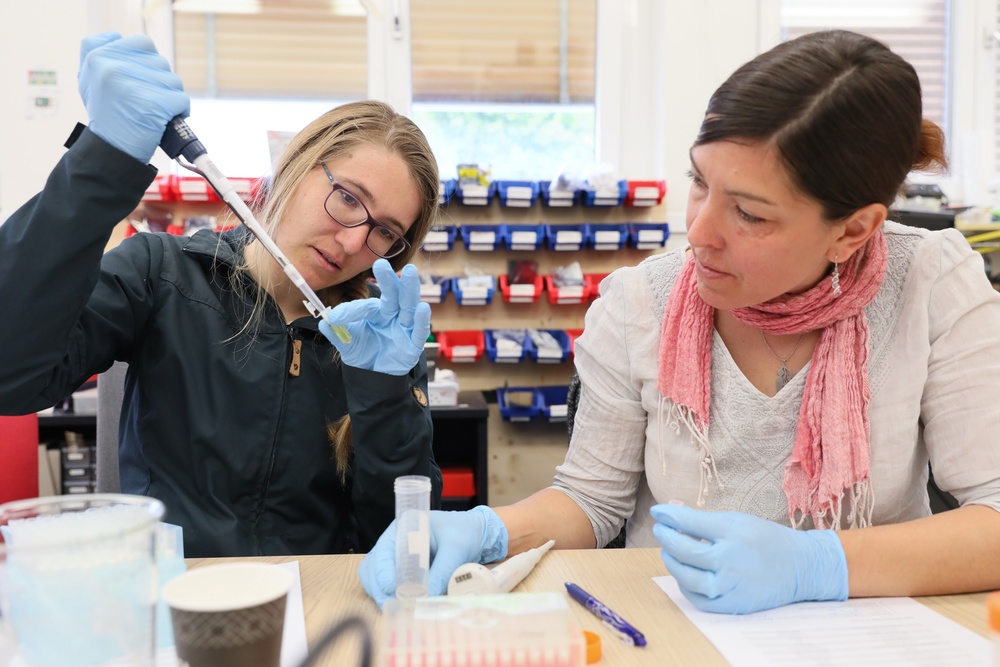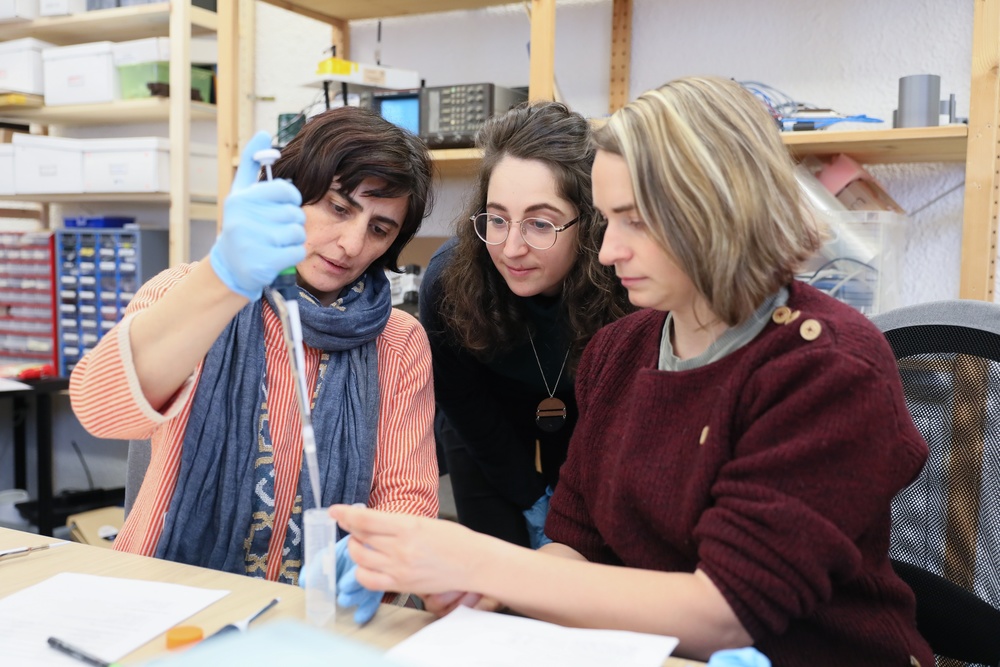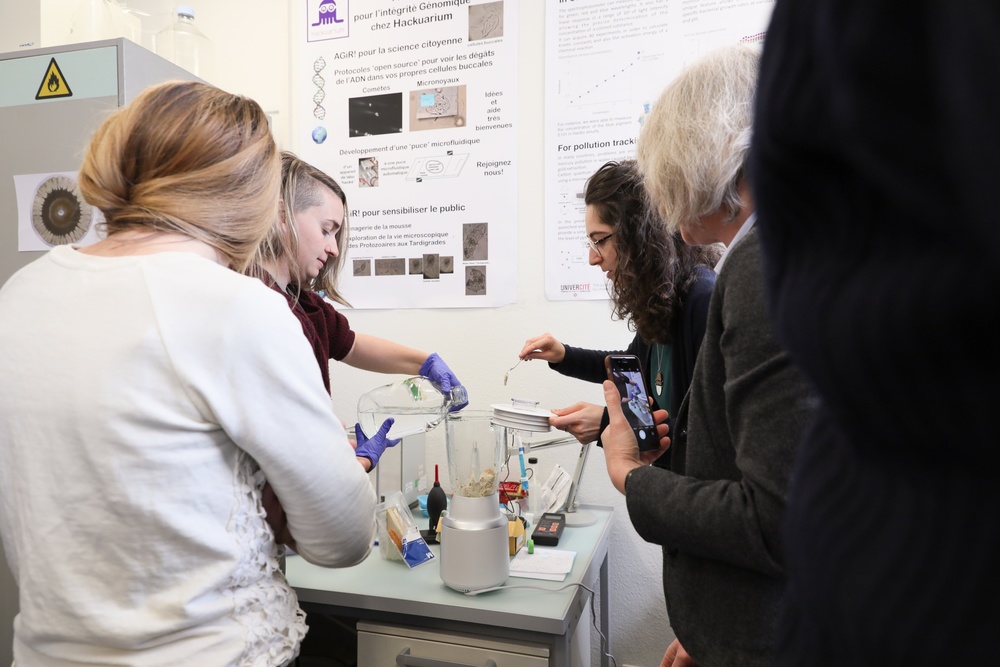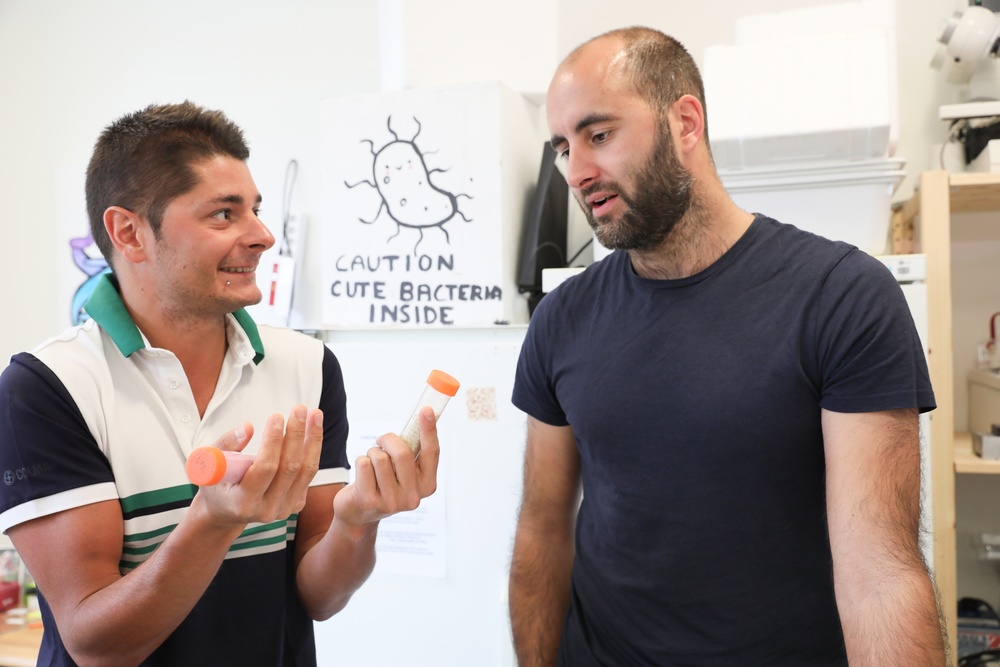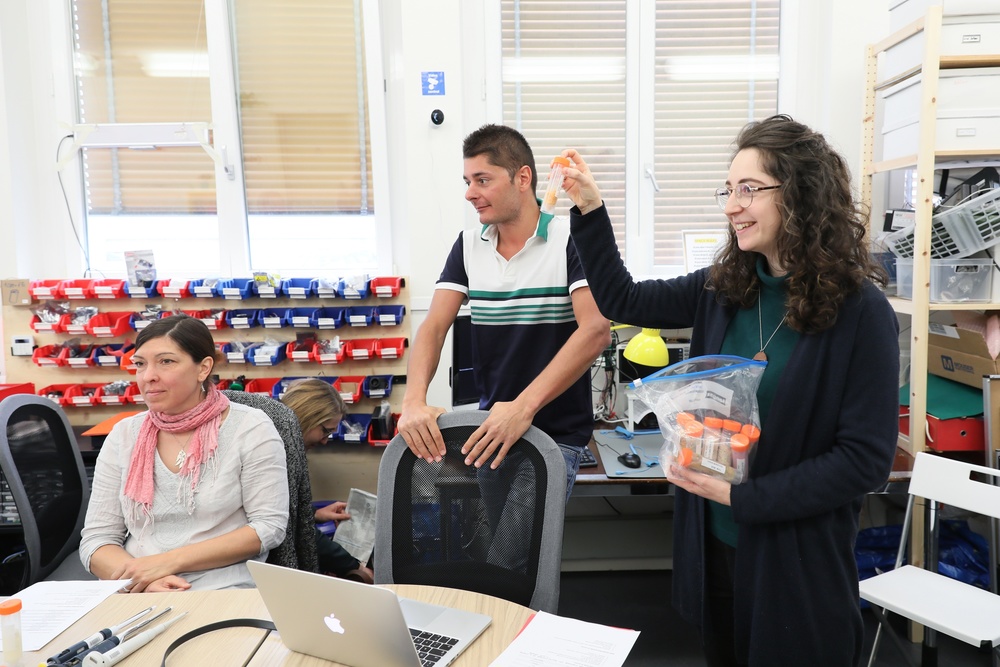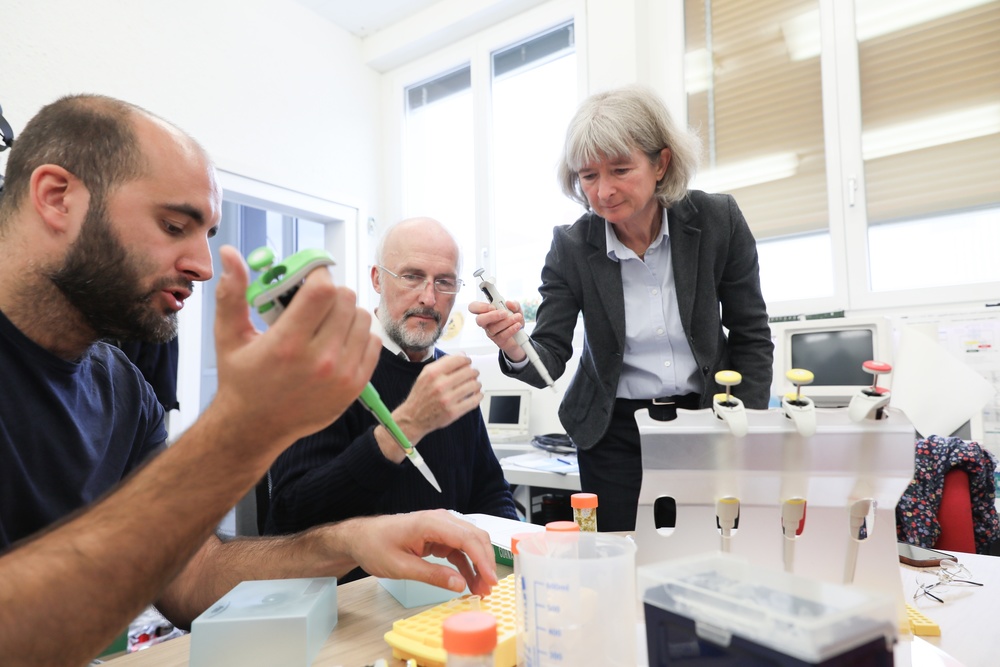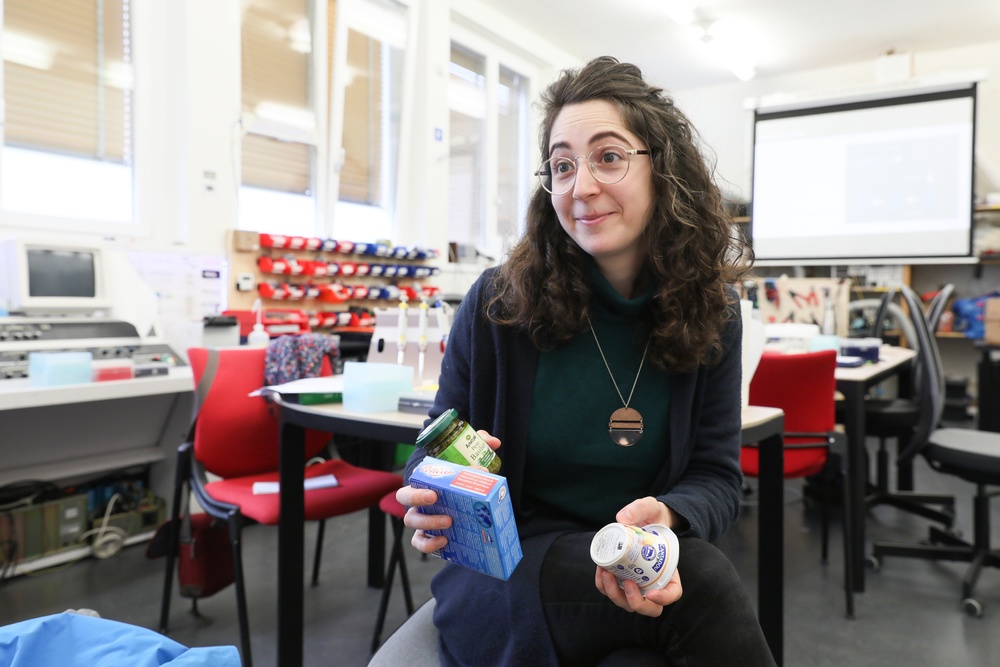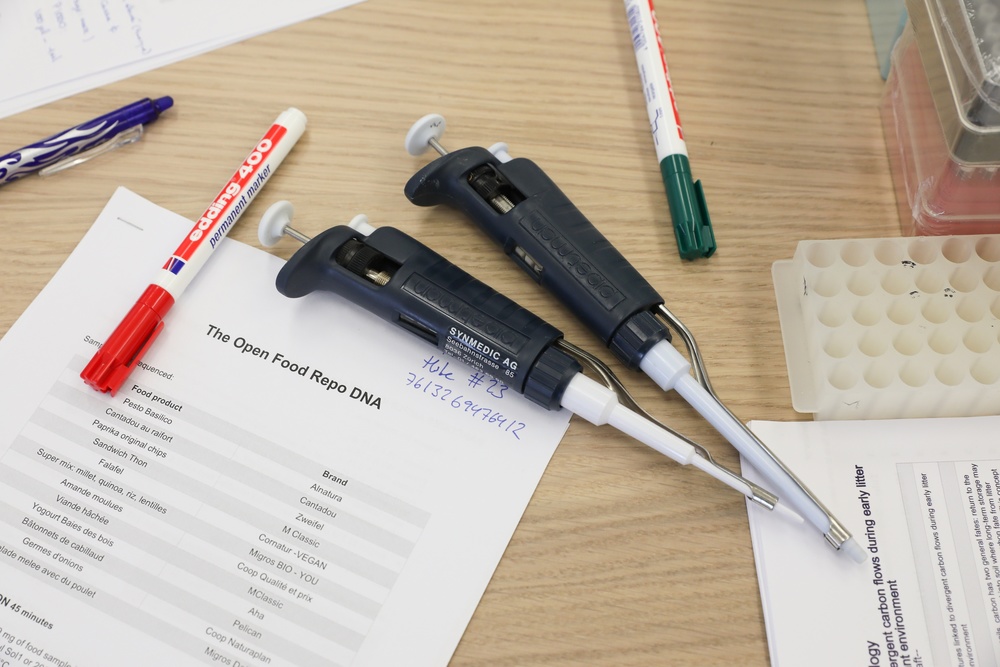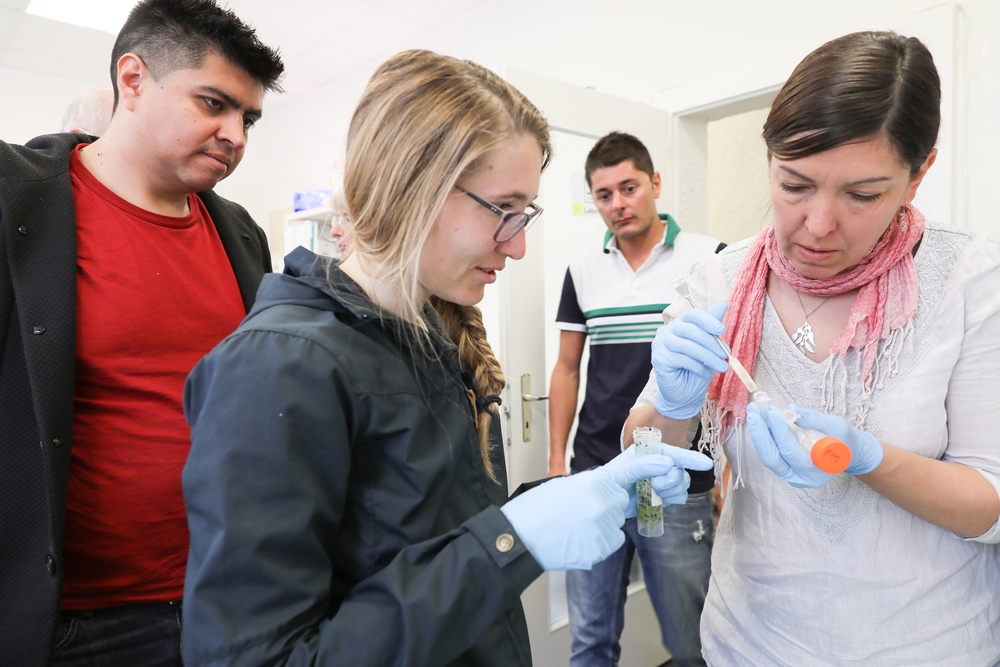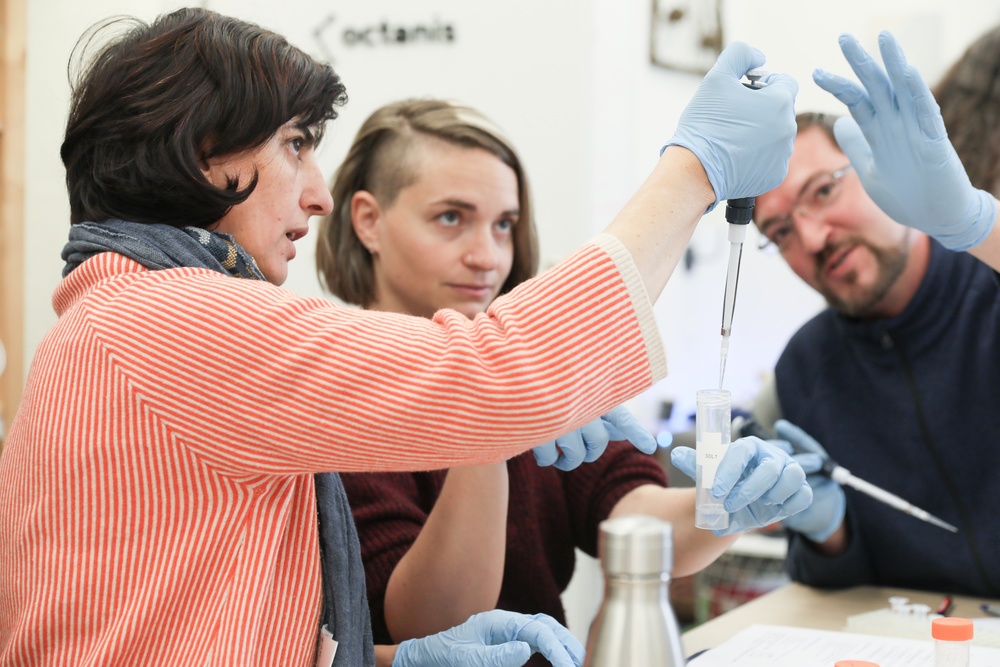The Open Food Repo DNA
DNA-Sequenzierung

The Open Food Repo DNA is a collaboration between several partners which will add the DNA component of food products to the The Open Food Repo.
Our aim is to make available a set of instructions that would allow the process to be done with limited resource and training. A long-term goal is even that you should be able to do it in your own kitchen!
The aim is to develop easy and affordable protocols (like a recipe) for genetic sequencing of processed food with the long-term aim that anyone would be able to test their food at home and identify the ingredients of animal or plant origin. Links to download the DNA sequences will be accessible on our website.
Why sequence the DNA of food?
Our current food system is a multi-stage and complex chain which can involve many companies, often across borders. At each stage of the process a product can be altered from what it is supposed to be, either intentionally (to improve shelf-life, use cheaper ingredients, improve taste etc.) or by accidental contamination—without the next companies, retailers or consumers down the chain being aware. Common “food fraud” techniques include using aroma instead of costly natural ingredients such as vanilla or truffle, diluting with a cheaper substance for example milk with soy, or simply labelling a food as something more expensive for example labelling trout as salmon.
How can we tell?
Just like humans, the DNA of every type of animal and every plant is different. This means we can tell different ingredients apart by looking at their DNA.
What is DNA?
...the aim is that in the long run, any consumer will be able to do the test and that we will all be empowered with more information about the food we are buying.
DNA is made of a sequence of amino acids known as "bases". There are four different bases: Thymine (T), Cytosine (C), Guanine (G) and Adénine (A). These are represented by the letters A, C, G and T, which can be read a bit like a secret code. This code, within the cells of all living organisms ranging from a gorilla to an onion, contains all the information necessary for an organism to develop and function. Since DNA is a double strand, each base on one strand matches one on the opposite strand (A-T and C-G). We refer to these as basepairs. A human cell contains a message of around 3 billion basepairs long. DNA sequencing is the act of converting the genetic material to a sequence such as "ATTTCGGTACTTTGGGAT" which could then be analysed and interpreted.
The whole DNA sequence is a large amount of information and it is not all required to identify a species—which is why we use a technique called DNA barcoding.
What is DNA barcoding?
We look at a very small piece of DNA which is similar enough in all species to cut it out from the rest of the DNA, but different enough between different species that we can tell them apart—it effectively acts like a barcode. As this sequence is a few hundred basepairs, it uses fewer resources than if we were sequencing all 3 billion basepairs.
With the right tools, we will be able to read this DNA, which should show if the ingredients listed on the label are indeed contained (rather than an artificial flavouring or substitute), if there is something inside that is not on the label and whether or not an allergen is present (when it says "can contain traces of"). This is still at an early stage and does not yet produce reliable results.
What is new or innovative about our method?
The aim is to develop easy and affordable protocols (like a recipe) for genetic sequencing of processed food with the long-term aim that anyone would be able to test their food at home and identify the ingredients of animal or plant origin.
Currently, genetic testing of food is an expensive and extensive endeavour which is done in big, well-equipped laboratories either in private companies or state institutions such as universities. It is a process that is not accessible to people without great infrastructure or means. There are difficulties specific to processed food: various stages of processing such as sterilization, high-temperature cooking and additives damage the DNA and make the ingredients used to extract and amplify the DNA (enzymes) less effective.
Our aim is to make available a set of instructions that would allow the process to be done with limited resource and training. A long-term goal is even that you should be able to do it in your own kitchen!
How does our process work?
- The food is blended.
- The genetic material (DNA) is extracted.
- The piece of DNA that is of interest is "cut out" and copied many times.
- This is placed in a sequencing device which converts the molecules into an electric signal which can then be translated into bases. This produces a long string of letters (DNA code) which can be compared with reference sequences to identify what is present.
Implications:
In the next few years, this will expand to mean that any product put on the market is likely to be sequenced. Numerous scandals and reports of mislabelling or fraud in the food industry have shaken the market. Genetic sequencing—hopefully to be followed by testing for non-living products such as pesticides—could open a new era to build trust and reliability. As this is a citizen science project, the aim is that in the long run, any consumer will be able to do the test and that we will all be empowered with more information about the food we are buying.
At what stage is the project?
We are about to test the first version of the protocols! Early May at the community lab Hackuarium, a small group of scientists and open science/food transparency activists will spend the day in the lab to test and improve the protocol. We'll keep you posted on the results. There will be other workshops in the future. If you're interested in taking part, do send a note to [email protected].
What protocol was used?
You can download our protocol here.
Where will the info be available?
On Food Repo, the first open access and collaborative database of barcoded foods in Switzerland! The website is currently being redesigned to focus on the online community. This database hosts information on food , taking it from the private/commercial domain to the public domain and allowing every citizen to browse. Anyone who wants to create an app can use the data available via an API. There are currently over 40’000 barcoded products and it’s growing every day!
Partners
Digital Epidemiology Lab at EPFL
Project management
Kristian Gerhard Jebsen Foundation
Funding the project to support innovation in the field of nutrition
Gallery
To request permission for use of photographs please email us at [email protected]
